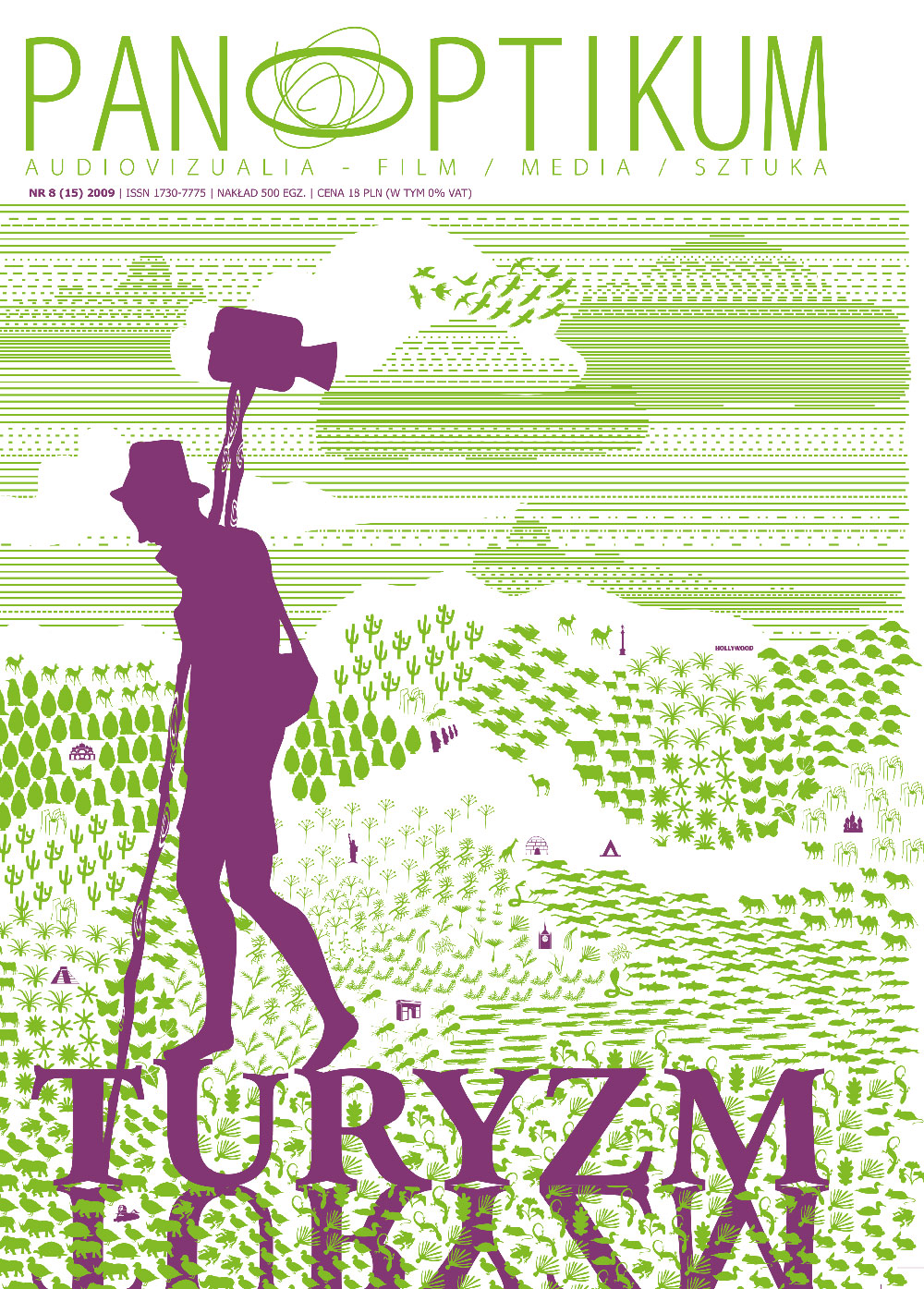The tourist gaze as a strategic tool to present architecture: old town Tallinn and the Soviet tourism marketing in the sixties and seventies of the 20th century
Abstract
This essay looks at a series of touristic shorts, the so-called scenics released during the 1960s and 1970s by the two Soviet Estonian film studios, Tallinnfilm and Eesti Telefilm (Estonian Television Film). The films concentrate on the picturesque environment of Tallinn’s Old Town – the oldest part of the city presenting a well-preserved medieval milieu. The representations of the Old Town, as well as its architectural features, has always been an important arena for negotiations between conflicting ideologies and (national) identities, evoking complex issues of power, resistance and adaptation. In the 1960s, the Old Town and the broader subject of medieval heritage became extraordinarily topical for both the academic circles and mass culture, inspiring an extensive array of visual and literary texts. This somewhat nostalgic and romantic “medieval trend” materialized in countless articles of consumer goods, numerous interior designs and in a whole range of motion pictures. The aim of this essay is to give an overview of the modes of representation of the Old Town’s cityscape and landmarks, arguing that although resistance to the Soviet cultural discourse in terms of national identity was absolutely central in the field of heritage protection, which was a major force behind the initial emergence of this “medieval trend”, in the sphere of popular culture the dominant currents seemed to be more connected with the espousal of the Soviet-style cultural inclinations. Perhaps it is even appropriate to suggest that this was, in fact, a clever strategy of the Soviet powers that be to assimilate the occupied nation, essentially in a similar vein to the Stalinist oppressive politics, yet with much more refined methods. On the other hand, even in film – the most rigidly controlled art form – the signs of certain cautious but fundamental tactical inversions of the dominating order are also clearly discernible.

 Academic Scientific Journals
Academic Scientific Journals





